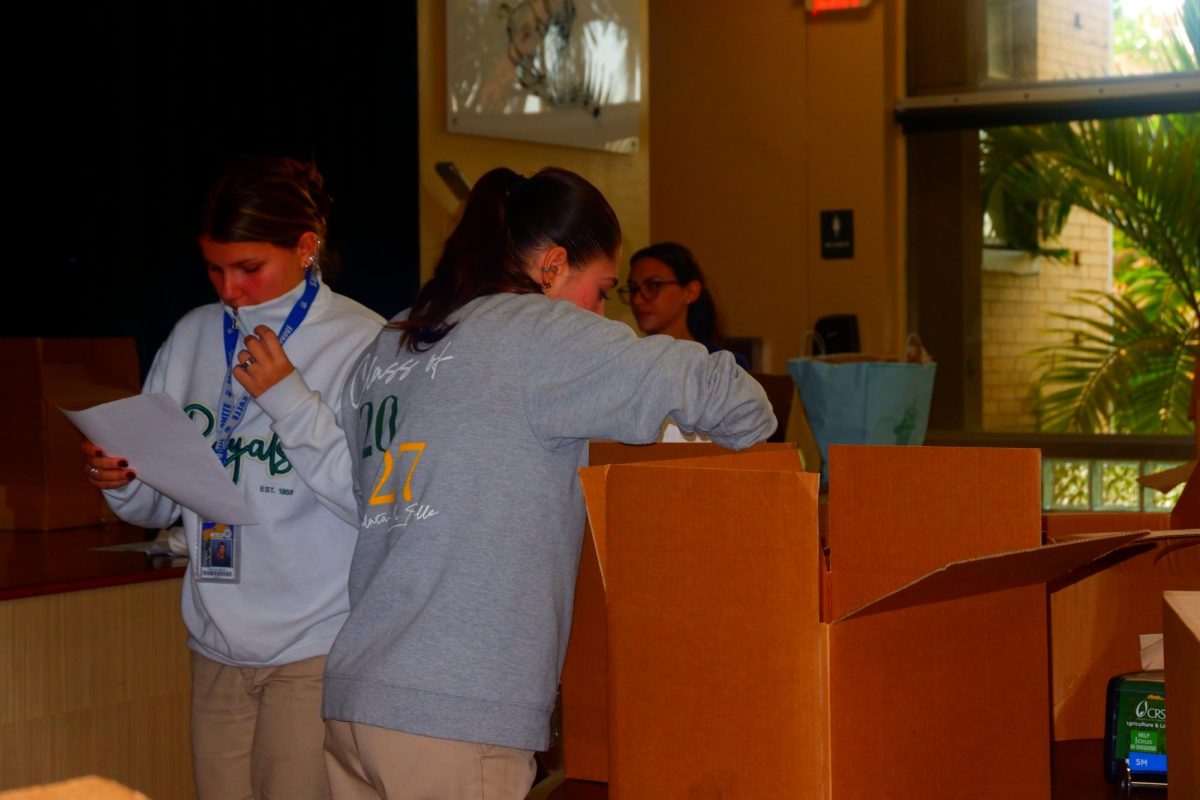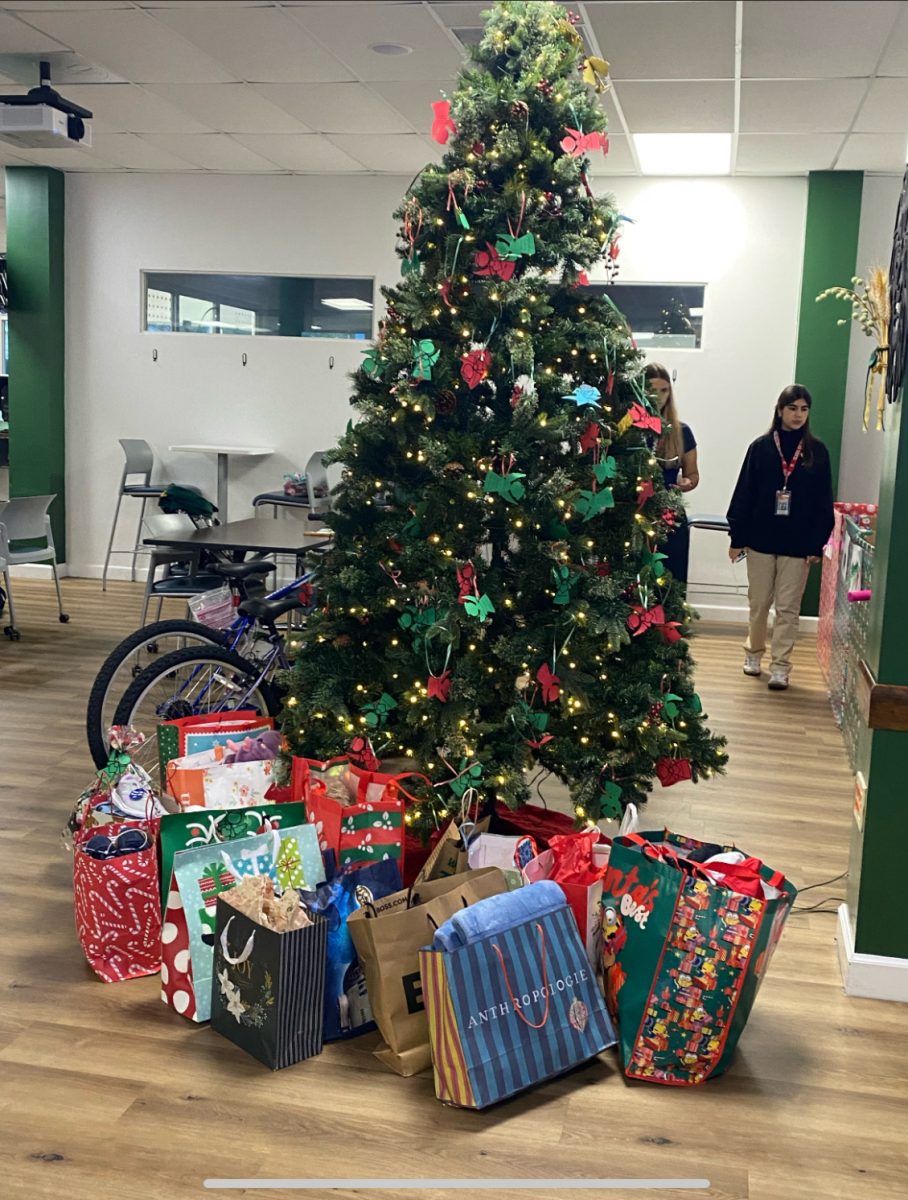That Big Red Bus doesn’t pick up or drop off students because it was on campus for a bigger purpose than transportation.
This past Tuesday, ILS hosted Big Red Bus to collect blood donations. HOSA and its moderator, Mr. Jose Companioni moderated the event, with the purpose giving students, faculty and staff an opportunity to make a difference in their community right at school.
The signup process was quick and efficient. All volunteers had to do was fill out a couple of forms during lunch and have a wellness check right before their blood was drawn.
The actual donating process is fast and only takes between 10-15 minutes. Students typically donate between half and a full pint. It’s recommended to not donate blood on an empty stomach or if you haven’t been drinking lots of water.
For students to be eligible to draw blood, they must be at least 16-years-old, have no fever, and a certain iron level. In exchange for helping save lives, student donors receive five service hours.
For some students, it’s more than just meeting eligibility requirements—it’s about getting over their fear of needles. Many students here at ILS want to help their community, but are too afraid of needles and blood to do so.
“Even though I would like to donate blood, I can’t because I have a huge phobia of needles. I only get blood drawn when absolutely necessary,” said senior Angelina Caicedo.
“I would love to give back to my community by donating blood especially since it’s an opportunity right here at school, but seeing blood is very hard for me as I tend to faint,” said senior Gabriella Goicolea Del Rio.
Fainting isn’t a rare occurrence when it comes to donating blood. When donating your fluid, glucose, and electrolyte levels all drop. This is why after your donation, you are given snacks and juice to get your levels back up to prevent fainting.
If you see somebody faint, the best thing to do is put their feet up and give them water to replenish liquids lost during the donation process.
Other students who aren’t scared of blood or needles do take the opportunity to do something good. One of many here at ILS is senior Clarisa Penaloza.
“I’ve been donating blood since sophomore year. It’s not only a tradition for me at this point, but also a way for me to do something good. It makes me happy knowing I’m helping somebody in need,” explained Clarisa.
Repeat blood donors are advised to make these donations no less than three months apart in order for red cells blood cells to be completely replaced.
Currently, ILS hosts two of these blood drives a year with the goal to increase it to three. Mr.Companioni explained how this has proved to be quite difficult.
Mr. Companioni also added a fun fact about why specific types of vacations have to be avoided after donating blood.
“One thing they don’t want you to do after donating blood is visit a rainforest. This is an odd thing, but it makes sense. They’re concerned about certain infections like malaria being contracted. After donating, you are more susceptible to certain infections and getting a bite from a mosquito carrying an infection can make you sick,” he explained.
Some people may wonder “What happens to my blood after I donate it?”
Well, the answer is pretty basic, it goes to a hospital. First, it undergoes 18 different tests. Then, it’s sent to a local hospital where it’s given to somebody who is in need of it.










